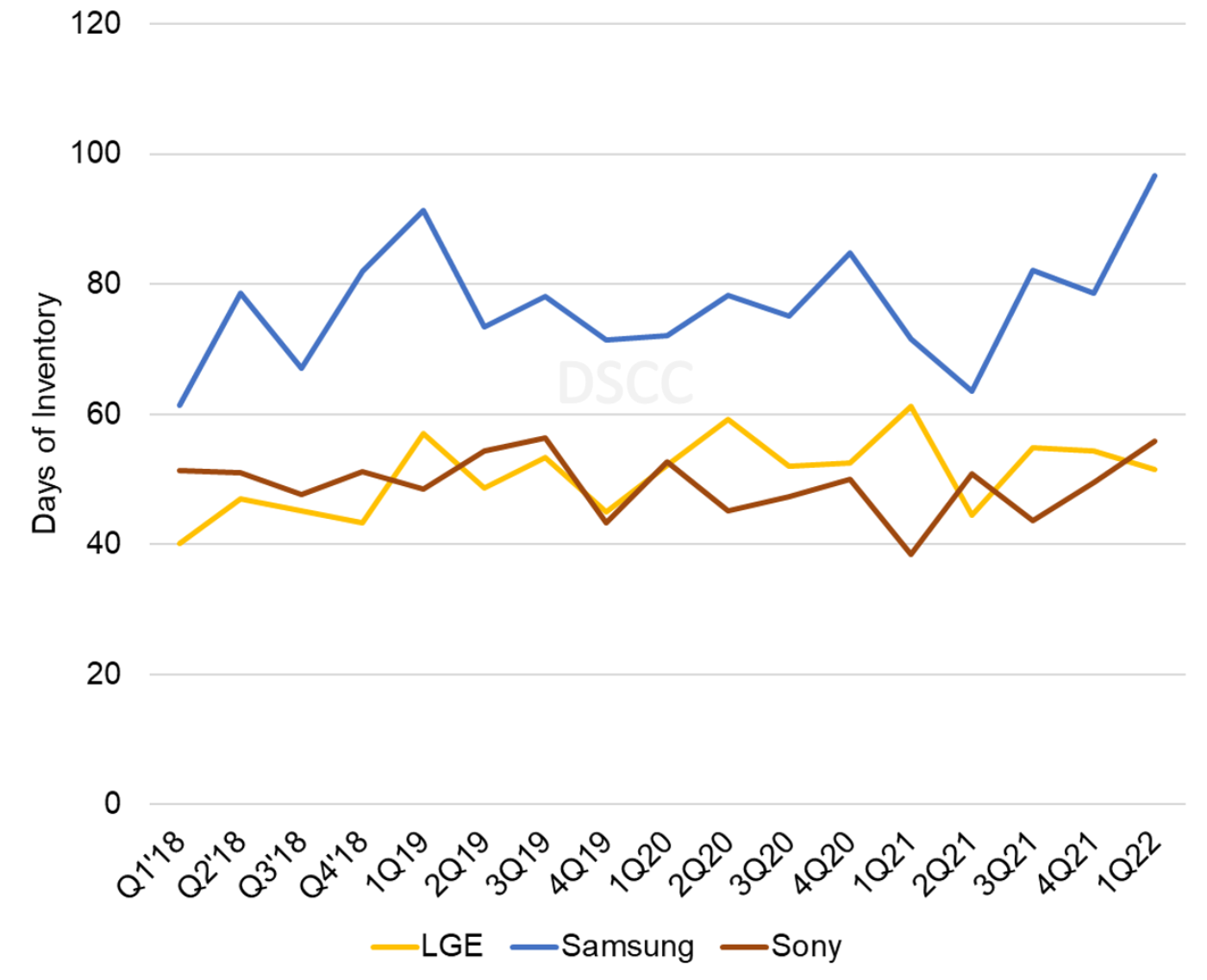Samsung Electronics、FPD購買を全面停止
冒頭部和訳
悪化する経済における過剰在庫の懸念から、Samsung Electronicsはすべての事業グループに購買を一時停止し在庫状況を管理するように通達した。Samsungはスマートフォン市場とTV市場のFPDメーカーに対し、FPD購買を中止すると通知した。SamsungはスマートフォンとTVの両市場における世界最大のサプライヤーである。
このニュースは偶然かもしれないが、Samsung Displayは今月末に、最後に残っている生産拠点である韓国L8-2 第8.5世代ラインでのTV用LCD生産を終了する。この閉鎖は、同社による25年以上のLCD生産の終わりを意味する。
Samsung Halting All Display Panel Purchasing
With concerns about excess inventory in a deteriorating economy, Samsung Electronics has notified all business groups to suspend purchases and control their inventory status. Samsung has informed flat panel display makers in smartphone and TV markets that panel purchases will be halted. Samsung is the world’s largest supplier of both smartphones and TVs.
The news may be a coincidence, but at the end of this month Samsung Display will end LCD TV panel production at its last remaining production site, the L8-2 Gen 8.5 fab in Korea. The closure will mark the end of more than 25 years of LCD production by Samsung Display.
Nikkei Asia reported that Samsung is stopping new procurement orders and asking suppliers to delay or reduce shipments of existing orders. The change is a response to high inventories and concerns about a macroeconomic downturn amid high inflation, which is reducing consumer purchasing power. The notification applies across multiple business lines, including home appliances, TVs and smartphones. Nikkei quoted sources at Samsung saying that the company needs to review inventory levels to ensure stock is manageable.
In its most recent quarterly financial report, Samsung reported KRW 47.6T ($39.5B) of inventory. As we reported in last week’s lead article of the DSCC Weekly Review, when translated into the number of inventory days it represents an all-time high of 94 days of inventory, or about two weeks higher than its typical level. As a major electronics vendor, Samsung also has access to information about its inventory at major retailers, and retailer inventory is similarly elevated, as we reported in detail last week.
Days of Inventory for Global Consumer Electronics Leaders, 2018-2022
Our sources in Asia have confirmed that Samsung has stopped issuing new purchase orders for panels and has cancelled current orders as well. Samsung has informed major flat panel vendors including Chinese LCD makers BOE, HKC and SIO.
Samsung’s action is the most recent and most dramatic of a larger picture of oversupply and excess capacity in the LCD industry. While the surge in demand early in the pandemic caused a shortage which lasted until mid-2021, price increases led LCD makers to increase supply while the demand peaked and started to decline. The result has been a growing pile of inventory.
Based on an analysis of panel production and shipments, DSCC estimates that production exceeded demand by at least 9% in the twelve months cumulative to June 2022. This represents 9% of 52 weeks or 4.7 weeks of excess inventory in the value chain; the analysis shared in the article last week came to a similar assessment. Inventory has continued to build in Q2’22, even though panel makers have taken some steps to reduce utilization in June, because industry capacity has increased by 16% from 2020. Therefore, DSCC expects a further slowdown in fab utilization in Q3 and Q4’22.
Because Samsung has taken this drastic step just two weeks before the end of the quarter, it is unlikely to resolve the inventory problem within the second quarter of 2022. We expect that Samsung will again report an elevated inventory on its balance sheets when it releases its Q2 earnings in late July. More significantly, because this action comes late in the quarter, it leaves panel makers with little opportunity to slow down, so it is likely that panel makers will also report elevated inventories.
The excess inventory, continuing oversupply and anemic demand will continue to put pressure on LCD panel prices across all applications. Prices have reached cash costs for many panel makers but they may go even lower as companies try to raise cash by selling off excess inventory. A pattern of declining prices also sends a message to purchasing managers to delay purchases in order to get lower prices, so it may take some time for inventory to clear before the industry hits bottom.

